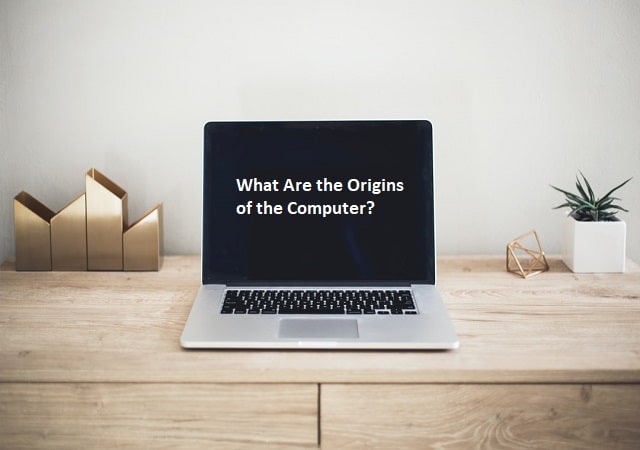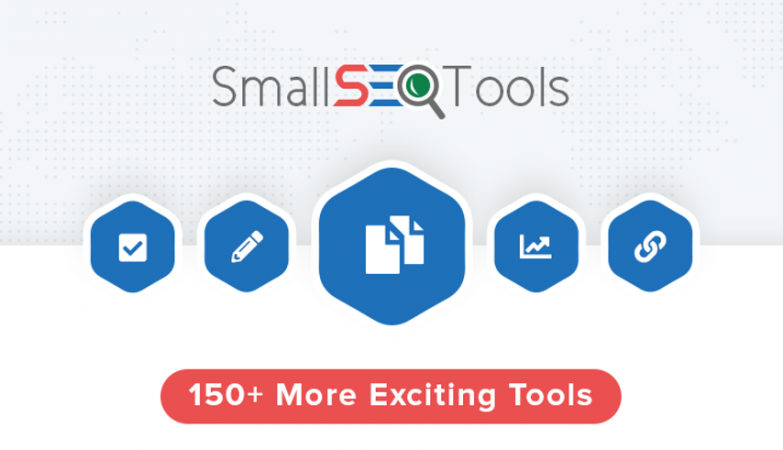Did you know that the personal computer industry is worth more than $145 billion? Almost everyone has a personal computer or has used one before. But, how much do you know about the history and engineering genius that went into your computer and your phone?
The origins of the computer date back to the 1800s. Modern computers are therefore the product of more than 200 years of small improvements. It’s worth thinking about the journey your computer has been on!
If you’re interested in learning about the origins of the personal computer, you’ve come to the right place. In this article, we’ll be discussing everything from the first computer up until today. Read on to learn more!
The Need for Early Computing
If the forefathers of the computer could see what we use our computers for today, they would be nothing short of shocked. The first computer didn’t come from a need for personal entertainment or even communication. Instead, it came from the need to tabulate lots of numbers very quickly.
In the 1800s, the US population spiraled out of control. It took the Census Bureau more than seven years to tabulate census results! It defeats the purpose of an annual census if you can’t get the results back the same year.
For that reason, the Census Bureau had a keen interest in finding a faster and more reliable method of getting results. Throughout the following timeline, you’ll see that they have a vested interest in the development of the PC and often offer grants to engineers.
The Path to the First Computer
We can see one of the ancestors of the computer as early as 1801. A Frenchman named Joseph Jacquard invented a loom that could use punched cards to weave fabric automatically.
Early computers continued to use this punch card system into the 20th century.
In 1822, a man named Charles Babbage drafted the design for the first computer. He planned for a steam-driven machine that would tabulate complex arrays of numbers. He didn’t live to see his vision take shape, but he’s still considered the father of modern computers.
The next advance in computing took place in 1890. Herman Hollerith finally created a punch card system that could complete the census in three years. Although still imperfect, this machine saved the government over $5 million.
Herman Hollerith would go on to found a company that later became IBM.
The Turing Machine and Beyond
Although computer origins can be traced back to 1801, Alan Turing is still widely considered the originator of the computer. This is because the machine he created is very similar to modern personal computers.
Turing created the “universal machine,” later renamed the “Turing Machine” in 1936. The Turing machine had one goal: to be able to compute the answer to anything that had an answer. Instead, the machine raised some serious mathematical questions about the algorithmic method.
Still, despite the mathematical debates that followed the Turing Machine, it represented the most comprehensive and powerful computing device in the world. A machine like that caught many people’s eyes.
Shortly after the invention of the Turing machine, tinkerers and engineers across the nation started to refine the design to make something more functional.
In 1937, physics and math professor J.V. Atanasoff refined the design to remove gears, belts, and shafts. Just two years later, David Packard and Bill Hewlett founded Hewlett-Packard in their garage. Hewlett-Packard was the first computer company in Palo Alto and could be considered the beginning of Silicon Valley.
Atanasoff and his graduate student Clifford Berry design one of the first multitasking machines in 1941. This machine could solve 29 equations at the same time, and could store information in memory. This was the first time that any computer could store information.
ENIAC and UNIVAC
In a project that took two years to complete, John Mauchly and J. Presper Eckert created the ENIAC, or the Electronic Numerical Integrator and Calculator. The ENIAC was completed in 1944 and is considered the “grandfather” of modern computers.
The ENIAC needed more than 18,000 vacuum tubes and filled a whole room.
Mauchly and Eckert, both professors at the University of Pennsylvania, left their jobs after receiving funding from the Census Bureau. They then built the UNIVAC (Universal Automatic Computer).
The UNIVAC was the first computer that had an actual application. Everything until this point can be considered a proof of concept. But, the UNIVAC could be used to tabulate the census and similar arrays of numbers.
Programming Languages
The first woman in the history of computers was Grace Hopper, and her contribution was nothing short of monumental. She created the first computer language, COBOL. COBOL was revolutionary because it gave engineers a more targeted way to control their machines, and meant computers could be used for more than just math.
IBM used the new technology to create the IBM 701 EDPM. This machine was essential for keeping an eye on Korea both during and after the war.
After COBOL, the next language was FORTRAN. FORTRAN is short for FORmula TRANslation and was invented by a group of IBM engineers.
After this, more and more languages started popping up. Some worked with low-level hardware, such as Assembly, and others with higher-level software, like C.
At this point, there became a clear differentiation between software and hardware. Hardware represents the physical machinery that the computer is made out of, while software is the language with which the user communicates with the computer.
Commercial Appeal
Up until now, computers have been somewhat unreadable by the general public. Their primary applications were for math and engineering curiosity.
In 1964, Douglas Engelbart created the first graphical user interface (GUI). A GUI is a clear, easy-to-understand display that makes anyone able to understand what’s going on. Your personal computer uses a GUI, as does your phone!
His prototype also included a mouse, the first of its kind. Finally, computers seemed to have a commercial future.
Advances in Hardware
Shortly after being founded, Intel launches its first chip in 1970: the Dynamic Access Memory chip (DRAM). DRAM was the first in a long line of Intel processing chips, each providing new advances in speed and computational power.
Meanwhile, IBM starts releasing a steady stream of hardware advances. In 1971, they created the first floppy disk, which allowed data transference from computer to computer. They also started to develop Ethernet, allowing computers to connect.
Tech Moguls
It’s at this point that we see today’s tech moguls come onto the scene. In 1975, Bill Gates and Paul Allan wrote the software for the Altair minicomputer in the new programming language, BASIC. Following their success with this project, they formed Microsoft.
Just one year later, Steve Jobs and Steve Wozniak found Apple Computers and created the Apple 1. The Apple 1 was the first computer that used a single-circuit board. The Apple II rolled out in 1977 and was the first computer with color graphics and a cassette drive.
Then, Apple released the “Lisa,” the first personal computer with a GUI. At this point, computers were selling like crazy. Although they were still a bit high concept, computers were approachable enough to allow anyone to write their own programs and games.
After the Lisa, Microsoft announced Windows.
Modern Computing
The rest, as they say, is history. Computers and operating systems saw frequent releases, each time becoming more and more advanced. By 1994, PCs became gaming machines with classics like “Theme Park” and “Alone in the Dark.”
In 1996, Sergey Brin and Larry Page released the Google search engine, completely transforming the way we browse the internet. Wi-Fi becomes commonplace by 1999, and shortly after, social media evolves.
It’s astounding to think about how computers have evolved from a simple loom to incredibly fast and powerful machines that we trust to run our lives. And still, the history of the computer isn’t over yet. New companies form every day and drop revolutionary devices.
For example, lenovo.com came onto the scene in 1984 and has consistently produced some of the best machines on the market today.
The Origins of the Computer and the Future
The origins of the computer are a rich and fascinating tapestry of bright minds and technological achievements. The last 200 years have taken us from automated weaving to the latest in mobile technology. Where will the next 200 years take us?
With today’s rapidly evolving tech industry, the sky’s the limit! If you enjoyed this computer origins guide, we have lots of great content for your inner nerd on our blog. Check it out for more!






